
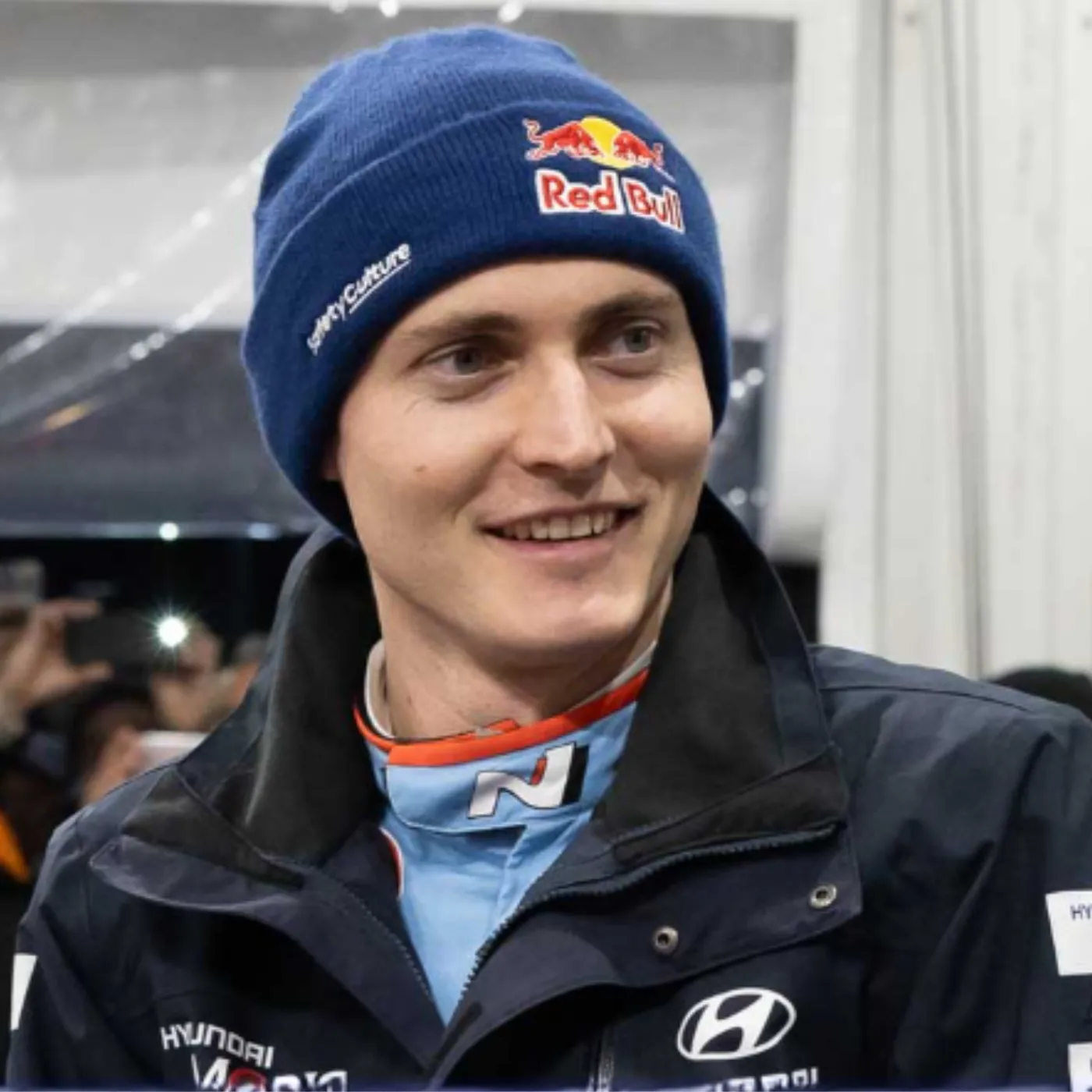
Adrien Fourmaux’s Daring Jump Just Shattered WRC Expectations—Here’s How This Game-Changer Could Rewrite the Future of Rally
The World Rally Championship (WRC) has always been a playground for some of the most daring and fearless drivers in motorsport. However, in one unforgettable moment during Rally Portugal, Adrien Fourmaux made a bold statement that could reshape the future of the sport—taking a jump so dangerous, unpredictable, and unprecedented that it has left fans, pundits, and even his competitors stunned. What was meant to be just another high-speed moment in the rally calendar became a defining moment that has shaken the sport to its core.
In the midst of a high-speed gravel stage, Fourmaux, driving his M-Sport Ford Puma, approached a crest that seemed innocuous at first glance. But then, he floored the throttle. The car rocketed into the air with a force that few drivers would dare attempt. As it soared through the air, time seemed to slow, and the rally world collectively held its breath. The landing was brutal, and the car hit the ground with an intensity that was visibly unsettling. Even experienced rally engineers later admitted that the impact pushed the limits of the car’s structural integrity. The onboard footage of the landing sent chills down the spine of everyone watching.
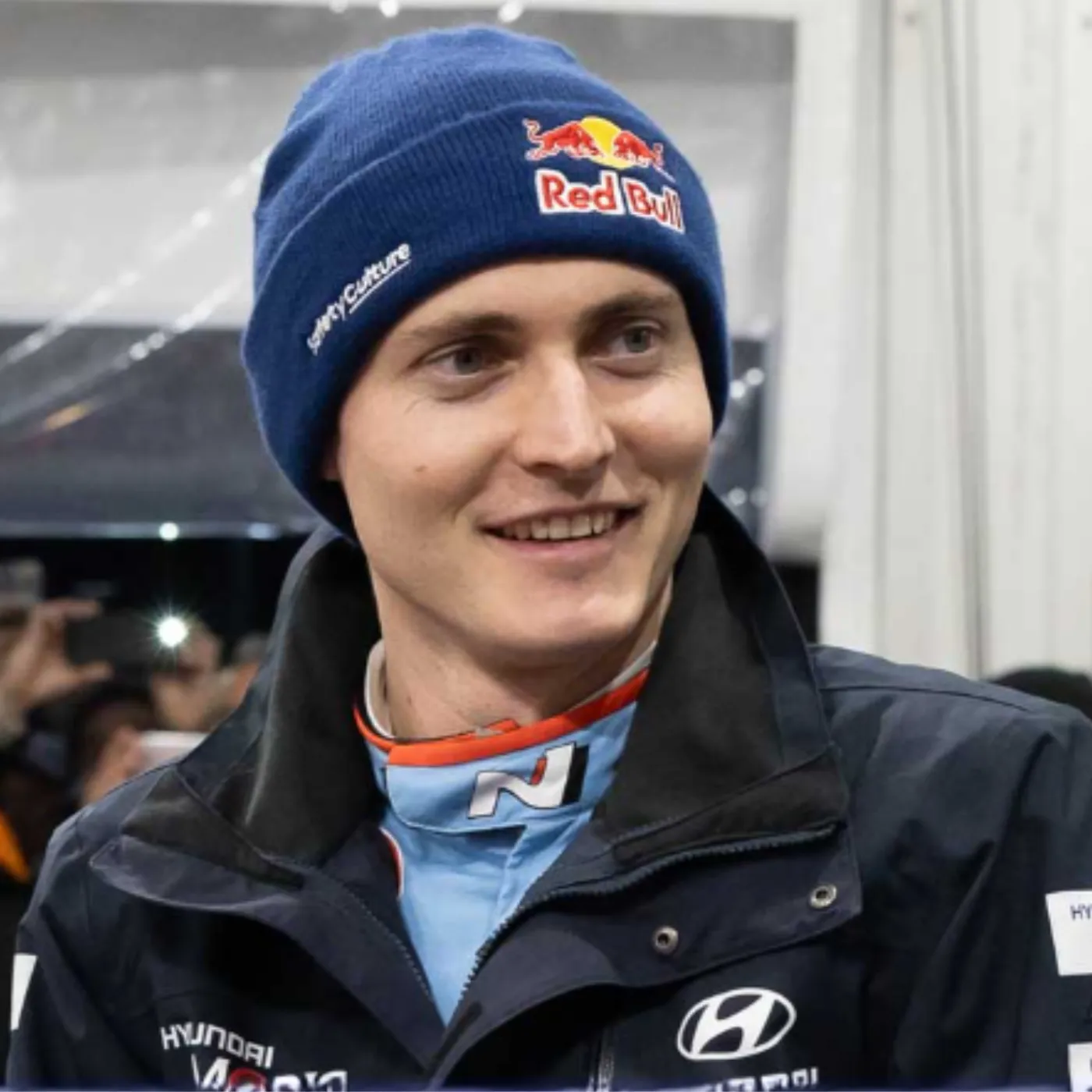
But what happened next has left the motorsport community divided and buzzing with excitement. Instead of showing signs of damage or caution, Fourmaux continued to push hard, refusing to let up. He shaved seconds off his split times, overtaking competitors who had taken a more cautious approach. While many of his rivals were keeping their distance, playing it safe in a sport known for its calculated aggression, Fourmaux seemed hell-bent on making a statement.
In a world where many drivers are content with maintaining a consistent pace and avoiding risky moves, Fourmaux took an entirely different route. His gamble, one of the most visually stunning in recent memory, raised the stakes—not only in the race but in the championship itself. Many saw it as a calculated risk and one that highlighted his frustration with the way his career had unfolded up until that point. After all, Fourmaux has been one of the most talked-about drivers on the circuit but never quite getting the recognition he feels he deserves. This jump, which could have been a career-ruining mistake, seemed more like a message: he’s ready to make his mark, whether the WRC is ready for him or not.
Inside the Paddock: A Bold, Risky Move or Desperation?
Behind the scenes, the reaction has been mixed. Some view this as a bold and potentially game-changing move, a true display of the kind of reckless, fearless rally driving that has made legends out of drivers like Colin McRae and Sebastien Loeb. These drivers built their legacies not through calculated strategy but through moments that lit up the sport and set new benchmarks for what was possible in the car and on the track. Many insiders are now speculating that Fourmaux might be trying to channel that same spirit. He has long been known for his potential, but until now, his results have been less than spectacular. Was this the moment when Adrien Fourmaux’s potential finally materialized, or was it simply a desperate bid to be noticed?
“The jump wasn’t reckless,” said one seasoned WRC team principal. “It was a statement. He’s tired of waiting in the shadows. Fourmaux is making it clear that he’s not here to play by the rules. He wants to win, and he’s willing to risk everything to get there. His aggressive driving could change the way we look at rallying.”
On the other hand, there are those who view Fourmaux’s move as reckless and irresponsible, a dangerous precedent that could encourage other drivers to take more risks than necessary, potentially endangering themselves and their teams. Many critics are arguing that in a sport already fraught with danger, taking unnecessary risks like that could backfire and jeopardize not only a driver’s career but the integrity of the sport as a whole.
The Aftermath: Changing the WRC’s Narrative?
Whatever your opinion on the incident, one thing is clear—Adrien Fourmaux has forced the WRC to take notice. Fans have already begun to rally around him, especially after his performance in the immediate aftermath of the jump. The car appeared to be intact, and Fourmaux’s pace showed no sign of faltering. Some rally enthusiasts believe this could be the turning point for his career, signaling that he has what it takes to be one of the sport’s most daring and innovative drivers.
However, the debate around the future of rallying and the balance between risk and reward in the sport has been reignited. Fourmaux’s jump has sparked a new conversation about the limits of rally driving, both physically and strategically. Is the WRC heading into an era where drivers are expected to take greater risks to gain a competitive edge, or will the governing bodies begin to clamp down on dangerous driving for the sake of safety?
The risk Fourmaux took has prompted some serious discussions about safety regulations. Rallying has long been one of the most dangerous forms of motorsport, with cars often reaching speeds of over 200 km/h through treacherous terrain. The sport’s governing body, the FIA, has implemented several changes in recent years to reduce the risks for drivers, but Fourmaux’s daring jump has raised the question: should there be stricter limits on the type of moves drivers are allowed to make?
Some fans have gone as far as calling for additional safety measures to prevent future incidents like this. However, others argue that these types of risks are what rallying is all about—the raw, untamed power of the cars, the unpredictability of the terrain, and the bravery of the drivers all contribute to what makes rallying such an exhilarating sport.
Adrien Fourmaux’s Legacy: A New Breed of Rallying?
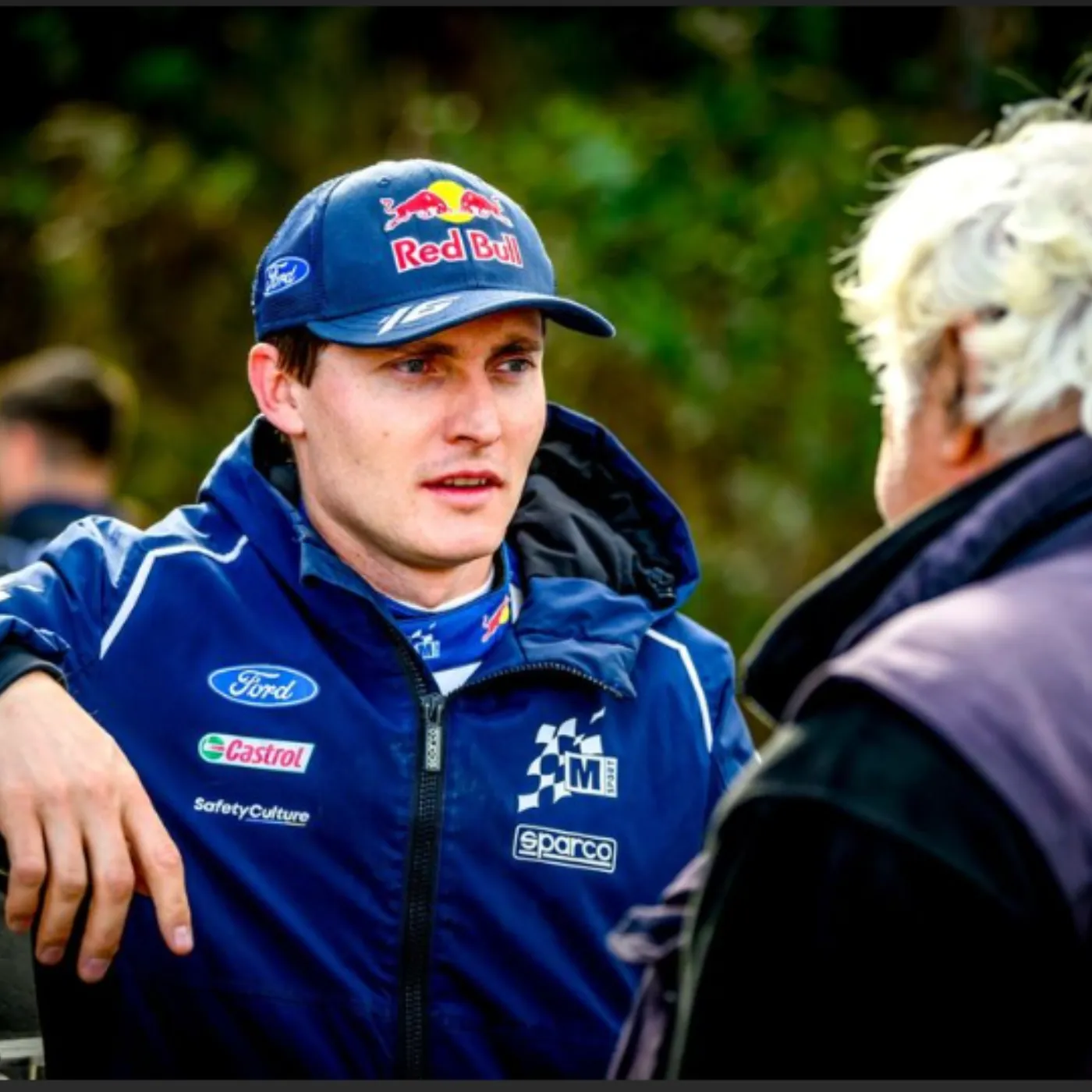
What’s more significant is how this single act could influence the future of rallying. Could this be the start of a new era in WRC, where young drivers like Fourmaux are no longer content with playing it safe? Will we see more drivers take bigger risks, push the limits of their machines, and challenge the traditional norms of the sport? Or will Fourmaux’s high-flying stunt be remembered as a rare flash in the pan—something to be marveled at but ultimately avoided in future seasons?
One thing is clear: Adrien Fourmaux is no longer just another driver in the field. With his defiant, boundary-pushing moment, he’s carved out a legacy that will define his career for years to come. Whether it’s for the better or worse, his daring jump has changed everything. Fans will be eagerly watching to see if he continues to build on this momentum or if this moment will simply be a brief flash of brilliance in an otherwise cautious sport.
In the end, Fourmaux’s shockwave may prove to be far more significant than just a moment of reckless driving. It could represent the first step in redefining what it means to be a driver in the WRC—to no longer play by the old rules but to forge a new path forward.
The WRC has always been about heroes, and now, it has its new one.








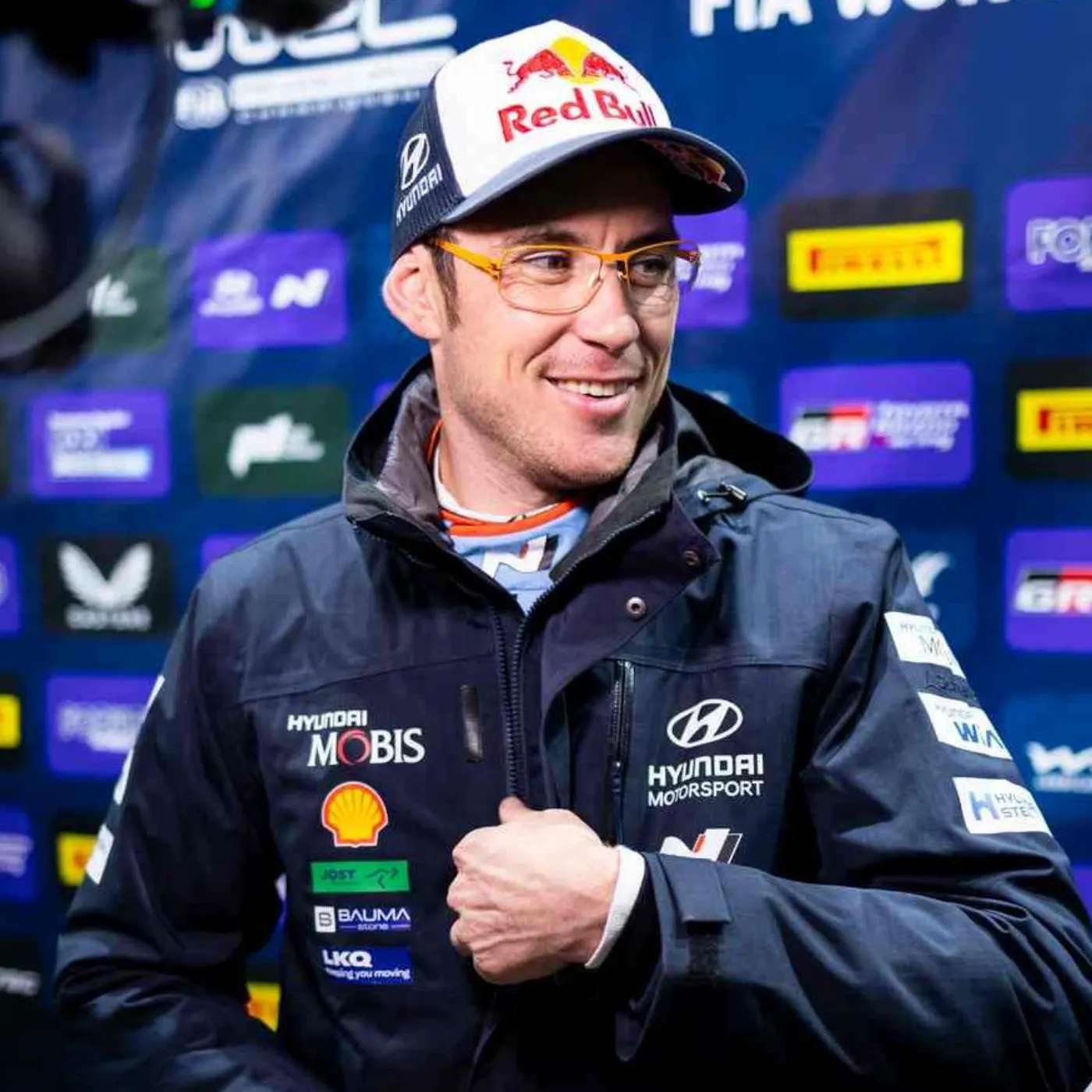

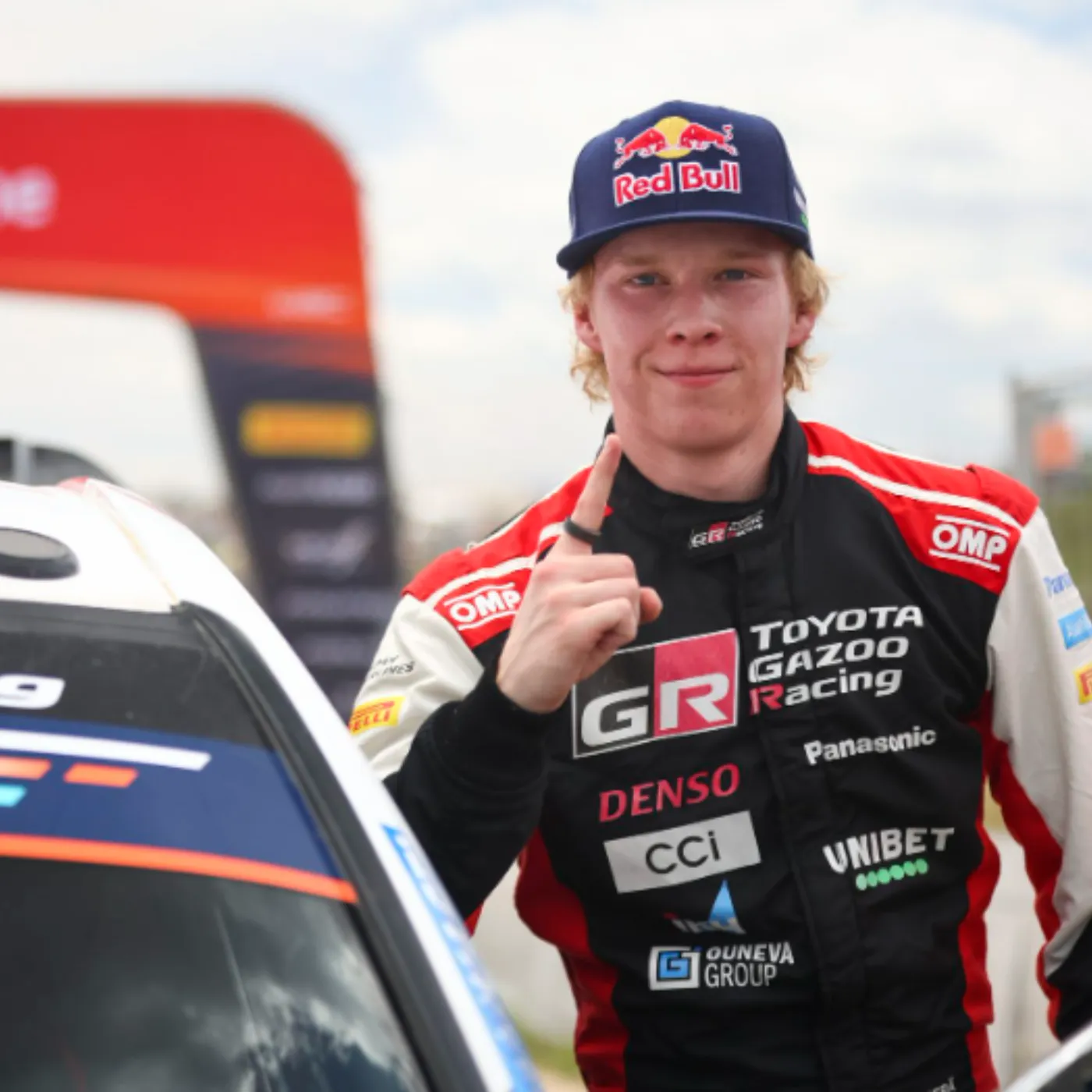








Post Comment